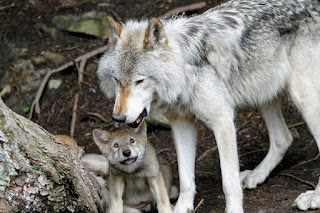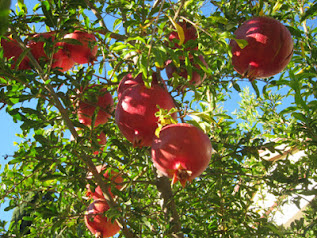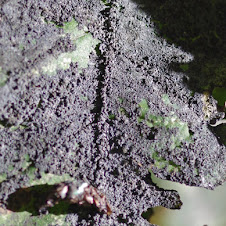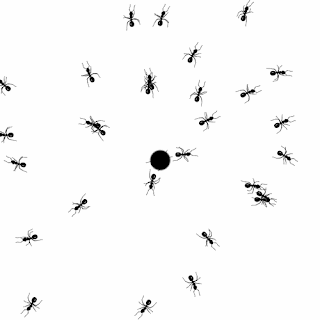It’s Arbor Day – a chance to appreciate, tend to, and perhaps save, the trees around us. Protecting our tree canopy is an essential component in the fight against climate change, so every day should be Arbor Day. And these efforts need to be global. It is with this mind-set that the Arbor Day Foundation began Tree Cities of the World in 2019. This a program that recognizes cities around the world that have taken exceptional care of their urban forests and have committed to their sustainability. In order to receive recognition, a city (or town) must meet five standards: They must establish responsibility on a municipal level; they must have a law or policy that mandates tree management; they must keep an accurate assessment of the trees they have; they must have dedicated funds for all this; and they must celebrate their achievements annually to keep awareness and enthusiasm strong. To this date, 120 cities have been recognized, with over 2,000,000 trees planted. This has been made possible by more than 618,000 volunteer hours in all these cities. In this blog, I’d like to take you around the world and introduce you to some of these places.
Buenos Aires, Argentina
Buenos Aires (BA), the capital of Argentina and its largest city, can be found in the southeastern part of South America spread out along the banks of the Rio de la Plata. BA is well known among dendrophiles as a city with an abundance of gorgeous greenery. Here is a tree guide that walks you through some its most stellar species. One tree that’s mentioned in the guide and is strongly associated with BA is the jacaranda. They are all over the city and bloom magnificently in November (their springtime). Here is a collection of some incredible images of them. BA is also an artsy city, and the love of art and the love of trees combine in this statue – the mythical strongest man is holding up the oldest tree in BA.
This busy metropolis in south central India is the only city
on the subcontinent to be recognized. As
climate changes have brought more extreme monsoons (and weather in general),
Hyderabad has had to deal with huge numbers of trees falling. The work of
activists to save their trees has led to this recognition, of which they are understandably proud. Part of their
tree-saving efforts have been to discourage the planting of non-native, flashy species and
encourage the hardier native varieties. Trees have a long history of being valued
in India; they have deep religious, historic, and cultural value. Case in
point: Hyderabad is home to a 400-year-old Baobab tree, given to the ruler Quli
Qutub Shah by a merchant from Madagascar. It is known as Hathyan ka Darakht.
Kampala, Uganda
You’ll find Kampala in east-central Africa, on the shore of Lake Victoria, Africa’s largest fresh-water lake. The only African city recognized, Kampala may seem like an unlikely candidate given the fertile forests in this country. But they have, unfortunately, been recovering from and dealing with ongoing civil conflicts for some time. These conflicts have led to famers and other stewards of the land to be displaced and rampant habitat destruction. In response, Uganda has created programs to re-train people and re-forest the environment, such as Trees for the Future and welcomed help from afar, such as this program backed by the Welsh government. For its own small bit of Uganda, Kampala has made a commitment to preserve and protect its urban canopy and its lush parks showcase their efforts.Krasnoyarsk is the third largest city in Siberia and sits in
the epicenter of Eurasia. At first
glance, this seems like another unlikely tree-saving place since Russia is home to the
most trees on the planet. But Russia has a long history of planting
trees for conservation and remediation purposes. The Soviet added green spaces
to their planned cities and trees were even planted as part of the Chernobyl cleanup. So, it’s actually surprising
that this is the only recognized city in Russia. The citizens of Krasnoyarsk
know that their spectacular natural treasures are what makes them special, and
they are fighting to preserve them.
This beautiful and historic city in western Mexico is the capital of the state of Michoacán. It is home to a lush natural environment, including the UNESCO Monarch Butterfly Bioshpere Reserve. This is where monarchs end their southern migration, and between October and March millions of these beauties land here. Unfortunately, this area is also home to violent drug cartels, illegal logging, and general lawlessness in the forests. Nevertheless, there are many brave conservationists who staunchly defend their natural resources, sometimes to the death. The situation is dire there and could conceivably end the monarchs for good. All of this makes it so much more commendable that Morelia has vowed to protect their precious trees.
Wellington, New Zealand





























